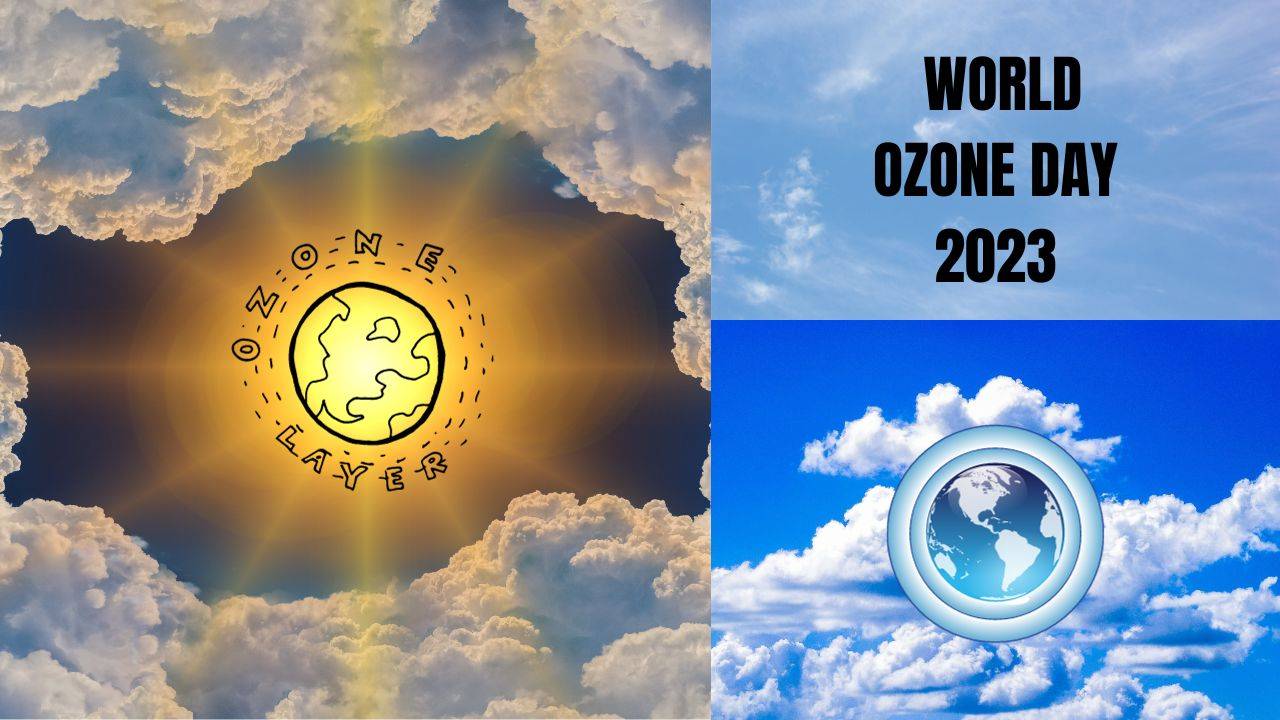
Every year on September 16, World Ozone Day is celebrated to raise awareness about the importance of the ozone layer and the need to protect it.
In 2023, as we mark another World Ozone Day, the focus is on bridging the ozone gap for a sustainable future.
This article delves into the significance of this day, the status of the ozone layer, and the actions being taken to ensure a sustainable and ozone-protected world.
What is the Ozone Layer?
The ozone layer is a region of the Earth's stratosphere that contains a relatively higher concentration of ozone (O3) molecules. It is situated approximately 10 to 30 kilometers above the Earth's surface. The ozone layer plays a crucial role in protecting life on Earth by absorbing the majority of harmful ultraviolet (UV) radiation from the sun.
Importance of Ozone Layer
The ozone layer shields living organisms from the harmful effects of UV radiation, which can cause skin cancer, cataracts, and other health problems. It also protects ecosystems, including marine life and vegetation, from the adverse impacts of excessive UV exposure.
The Ozone Hole: Past and Present
Discovery of the Ozone Hole
In the 1980s, scientists discovered a significant thinning of the ozone layer over Antarctica, commonly referred to as the "ozone hole." This alarming revelation raised concerns about the impact of human activities on the ozone layer.
Progress Made
International efforts, such as the Montreal Protocol adopted in 1987, have led to significant reductions in the production and consumption of ozone-depleting substances (ODS). As a result, the ozone layer has shown signs of recovery, and the size of the ozone hole has started to shrink.
Challenges Ahead
Ongoing Threats
While progress has been made in phasing out ODS, challenges remain. Some countries still struggle with compliance, and new, potentially harmful substances continue to emerge. Climate change also affects the recovery of the ozone layer.
Climate Change Connection
The connection between climate change and the ozone layer is intricate. Climate change can influence the distribution and behaviour of ozone-depleting chemicals. Additionally, certain climate-friendly chemicals used as ODS replacements can have high global warming potential.
Bridging the Ozone Gap
Strengthening Regulations
To bridge the ozone gap, it is essential to strengthen and enforce existing regulations. Governments and industries must work together to ensure the complete phase-out of ODS and the adoption of environmentally friendly alternatives.
Raising Awareness
World Ozone Day serves as a platform to raise public awareness about ozone layer protection. Educational initiatives, seminars, and workshops play a crucial role in informing people about the importance of this issue.
Global Cooperation
Addressing ozone layer depletion requires global cooperation. Countries must collaborate to track the production and consumption of ODS, share knowledge, and support each other in the transition to ozone-friendly technologies.
As we celebrate World Ozone Day in 2023, it is evident that the efforts to protect the ozone layer have made a difference. However, the journey is far from over. To ensure a sustainable future and bridge the ozone gap, we must continue to prioritize the protection of this vital shield around our planet. By strengthening regulations, raising awareness, and fostering global cooperation, we can work towards a world where the ozone layer thrives, and future generations can enjoy a safe and healthy environment.










